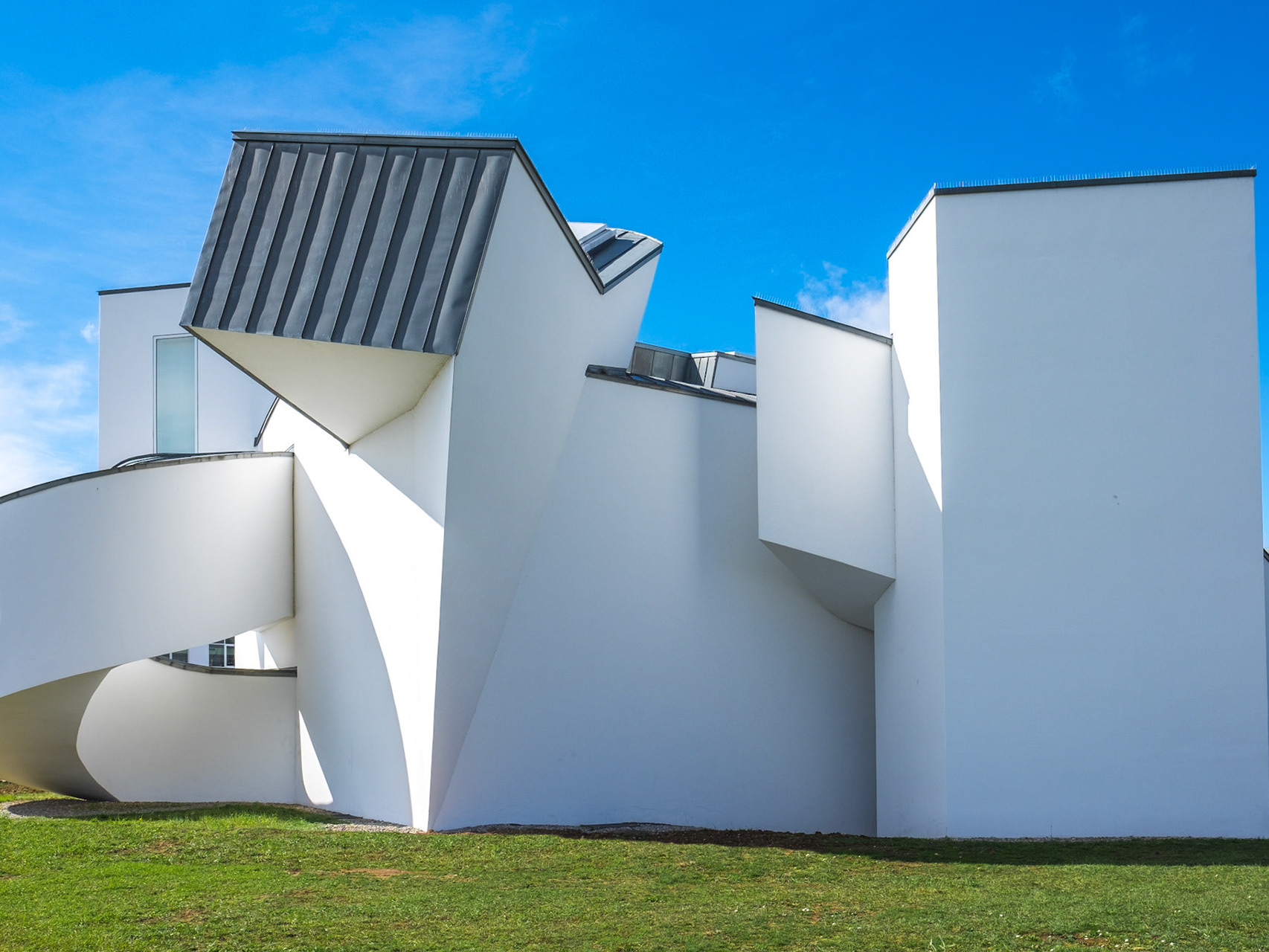
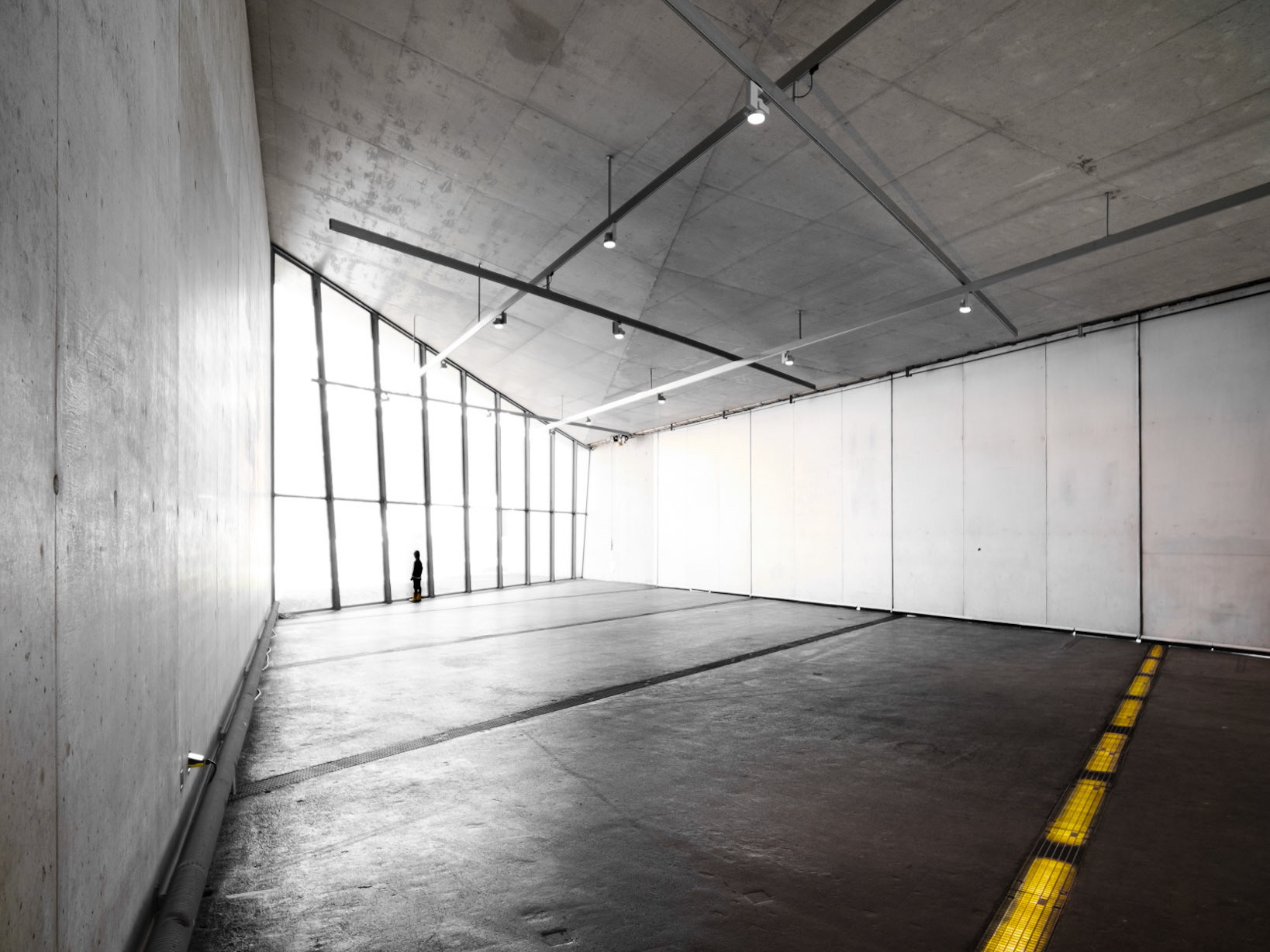
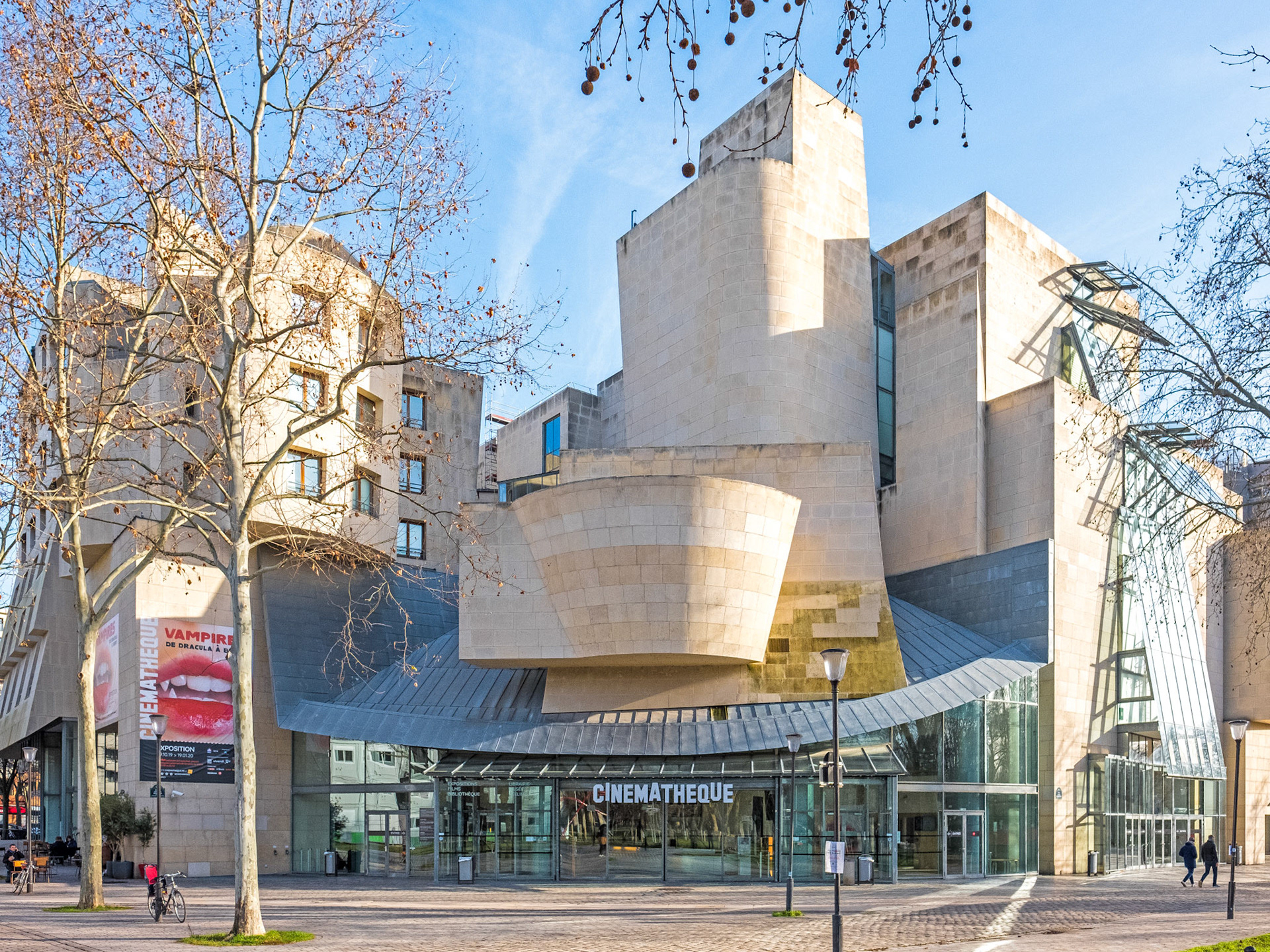
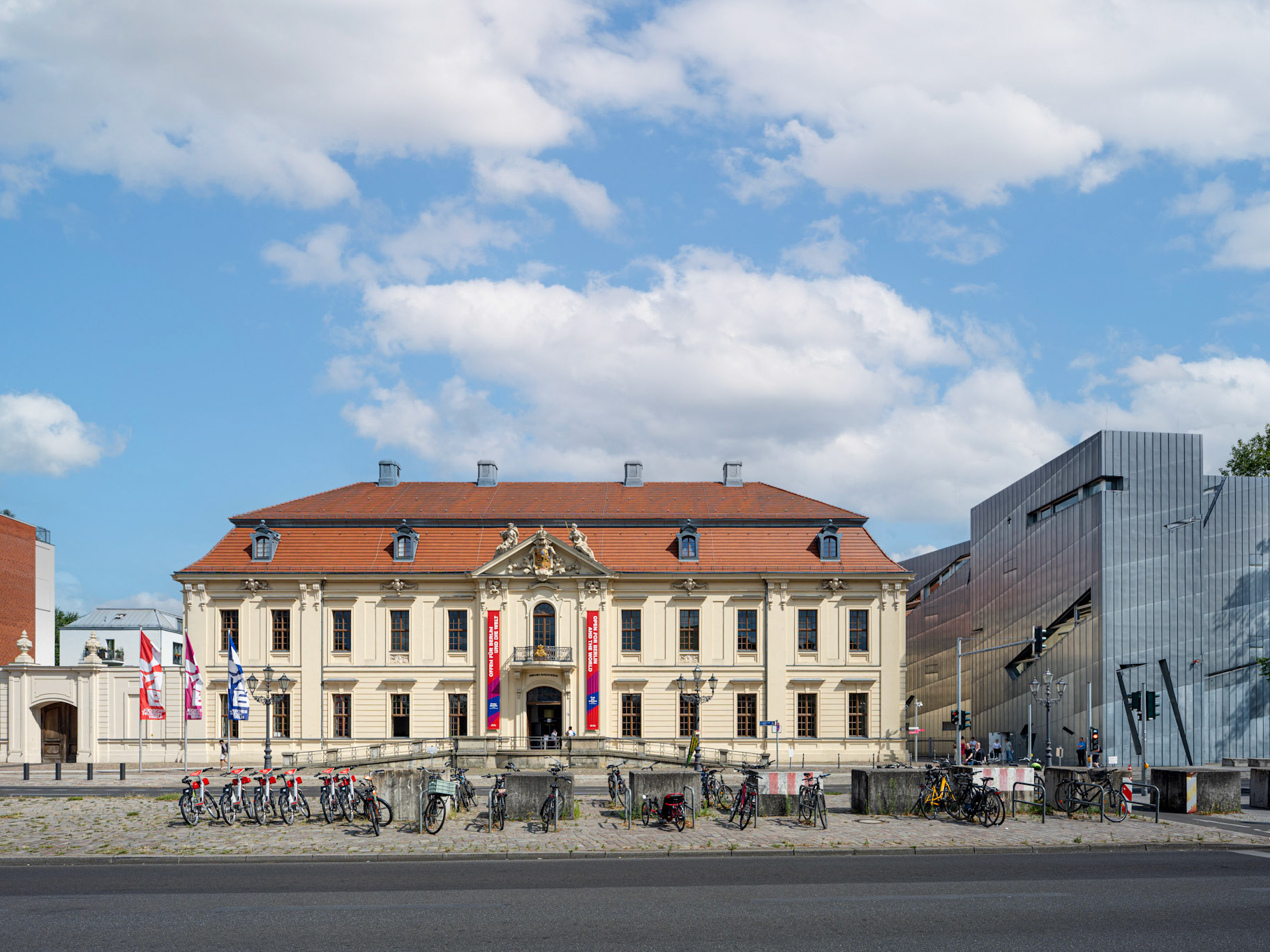
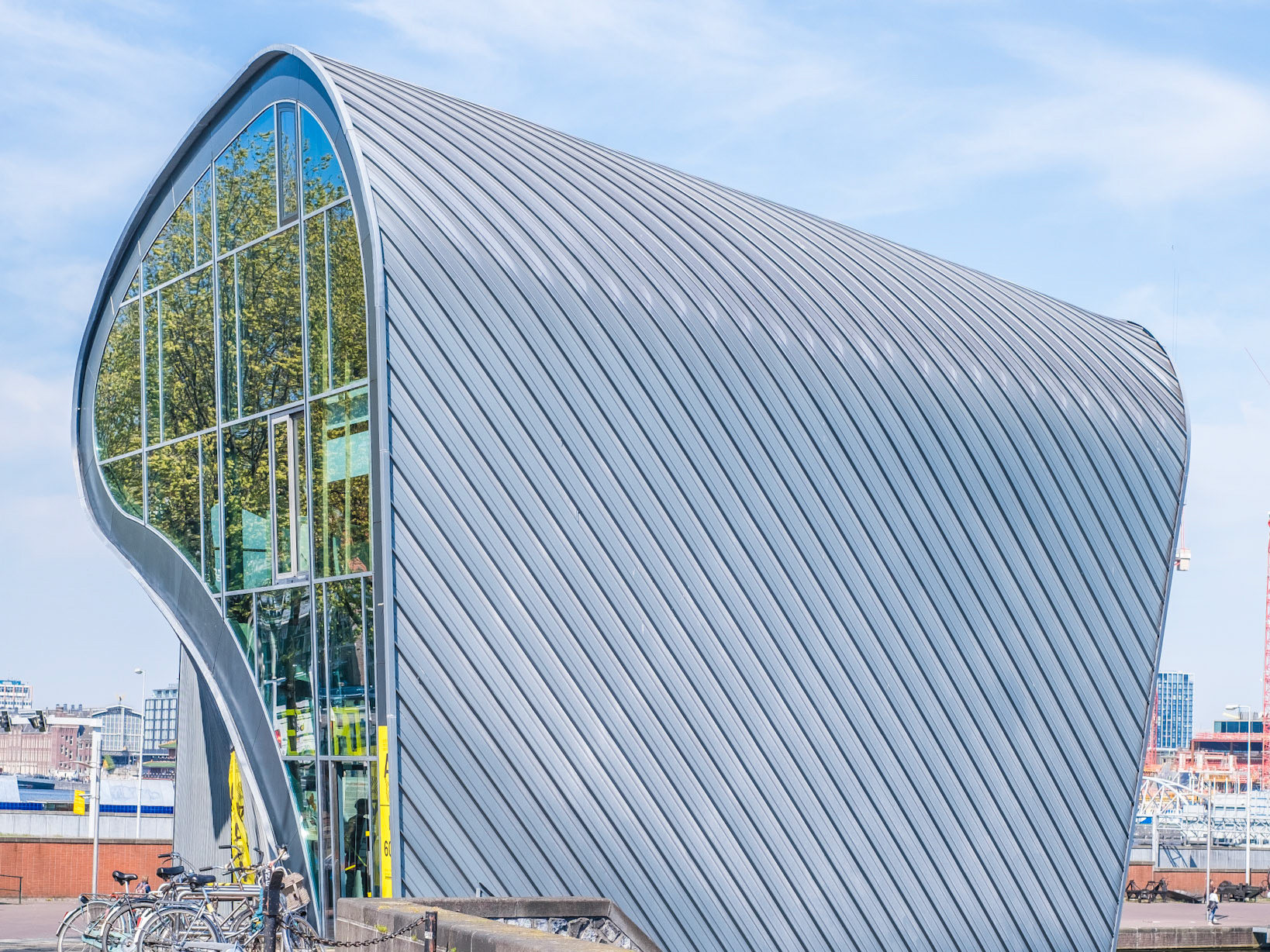
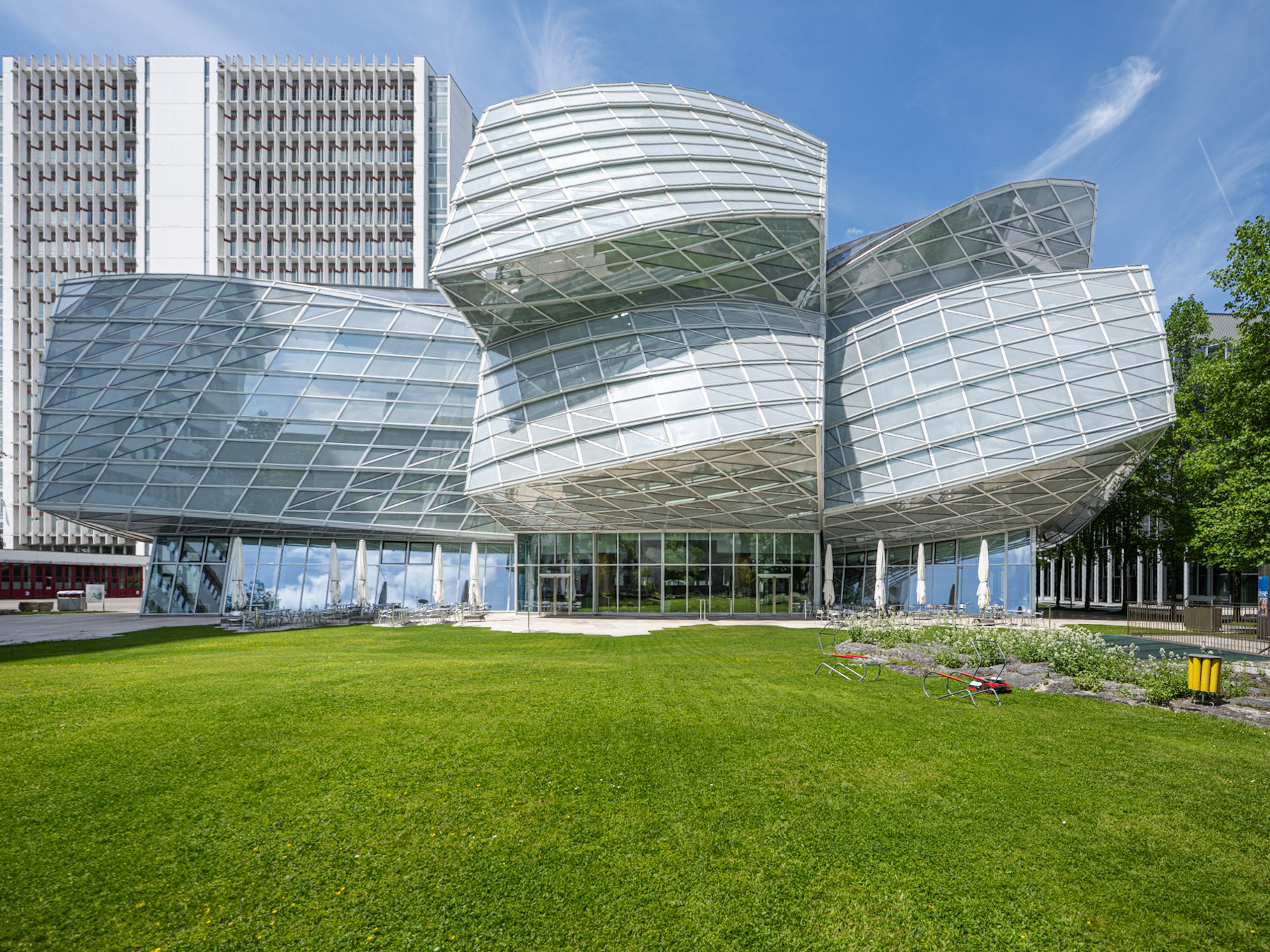
Deconstructivist architecture, emerging prominently in the late 20th century, represents a radical departure from the order and harmony traditionally associated with architectural design. Rooted in the philosophical ideas of deconstruction developed by Jacques Derrida, the movement rejects linearity, symmetry, and predictable form in favor of fragmentation, dislocation, and dynamic tension. Architects such as Frank Gehry, Zaha Hadid, Daniel Libeskind, and Coop Himmelb(l)au have championed this style, creating buildings that appear to defy gravity and conventional structural logic. Through sharp angles, twisted planes, and seemingly chaotic compositions, deconstructivist architecture invites viewers to question notions of stability and permanence, reflecting a broader cultural moment of uncertainty, pluralism, and innovation. Rather than seeking clarity or function alone, these structures engage the viewer emotionally and intellectually, offering an architectural expression of complexity and contradiction.





